So far, the Arctic region has consisted primarily of flat tundra—formed several thousands of years ago by glaciers. Dave, who crewed on the 2009/10 Around the Americas expedition and has joined us for the Northwest Passage portion of this journey, often describes traveling through the Northwest Passage as “like going to the moon.” That comparison has proven true in many ways, including the minimal vegetation.
The last “real” trees we saw were in Dutch Harbor, Unalaska, before entering the Northwest Passage. Even there, the towering mountains were covered in soft green grass, and the lack of trees was notable. In Dutch, there were an abundant number of eagles, which the One Ocean crew have nicknamed "Alaskan seagulls.” Due to the lack of trees and steep mountains, these eagles have found nesting spots along the mountainsides.
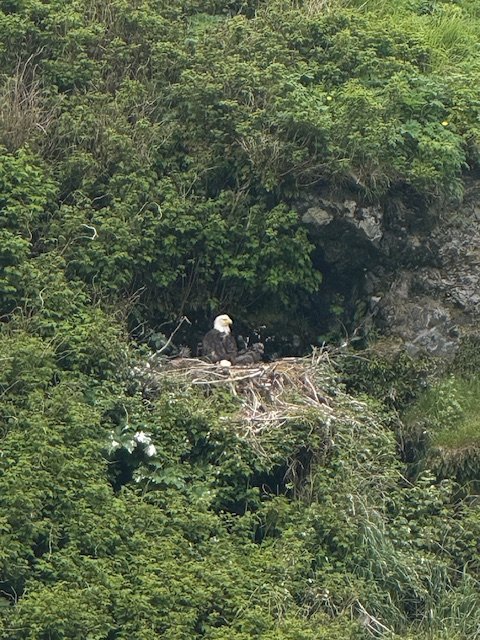
In the Northwest Passage, the only trees we’ve seen—at least the kind you’d traditionally recognize as trees—were along Northwest Territories Highway 10, as we drove about 95 miles inland from Tuktoyaktuk (~69°3′ N) to Inuvik (~68.4° N) in the Mackenzie River Delta region—a journey sparked less by botanical curiosity and more by the need for propane.
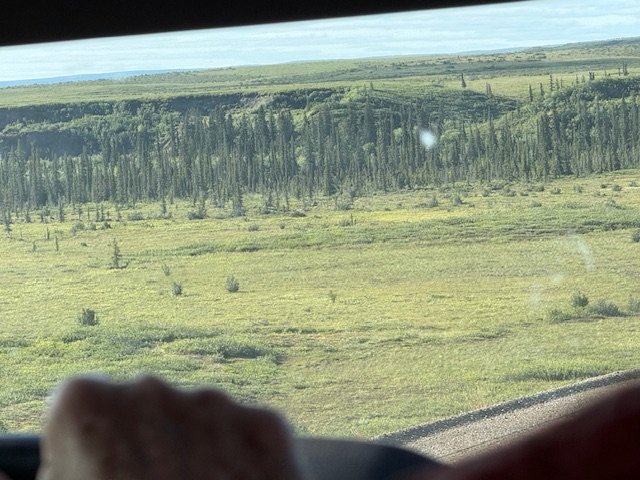
The northernmost latitude where trees can grow is known as the Arctic tree line. In Canada's Northwest Territories, this lies at 69 degrees north. The Arctic is an unforgiving environment where few plants thrive, and those that do tend to grow as close to the ground as possible. The Arctic is home to unique flora that has developed remarkable adaptations to survive the harsh climate.
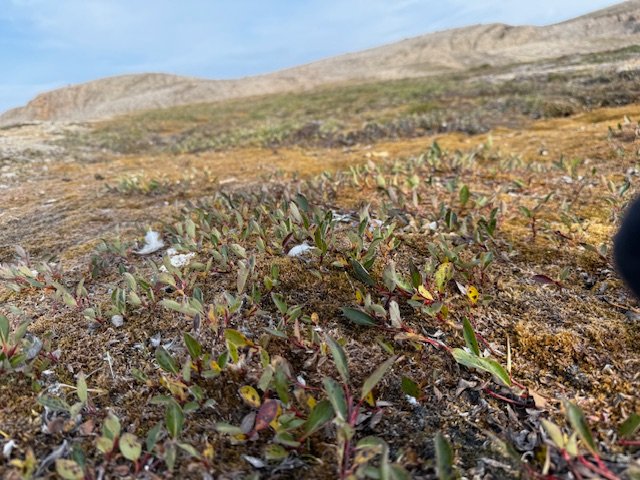
Much of the Arctic is underlain by permafrost: land that remains frozen year-round. Permafrost is frozen soil that lies just beneath the ground’s surface. Because roots can’t penetrate this frozen layer, plants have adapted by growing within the “active layer”—the thin top layer of soil that thaws each summer. Arctic vegetation has developed shallow, wide-reaching root systems to gather limited nutrients. When their downward growth is blocked by frozen ground, they expand their reach outward, reaching just as far—just in a different direction.
When I first saw Arctic willow (Salix arctica), I examined it closely. What I would normally “brush” off as insignificant now captured my attention—any flora living here is significant. Turns out Arctic willow is actually the northernmost woody plant in the world—and the most common willow in the Arctic! Soft, white fluff covers both its leaves and catkins. This outer layer traps heat and helps insulate the plant. The catkins—pink, petal-less flowers—are tightly packed and quite sharp. I can confirm… they’re very pokey—ouch!
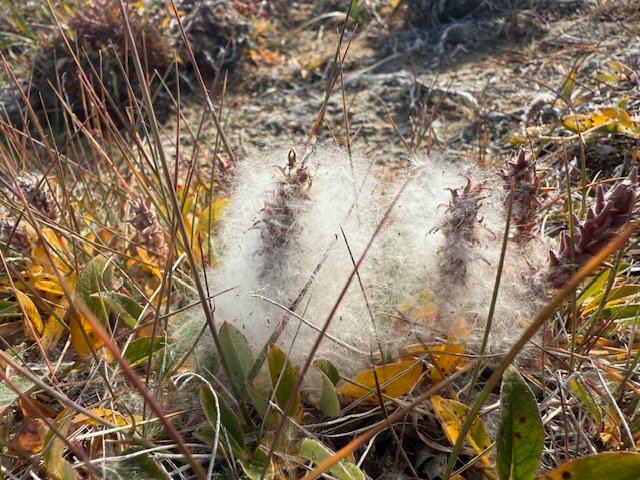
The Arctic landscape is a stark contrast to the forested environment of our home in the Pacific Northwest, where some of the world’s tallest and largest trees grow. While it has been fascinating to experience such unfamiliar terrain, I’ll admit I’m excited to see trees again. I love blue, but I like the way blue and green look together even more.
-Tess
